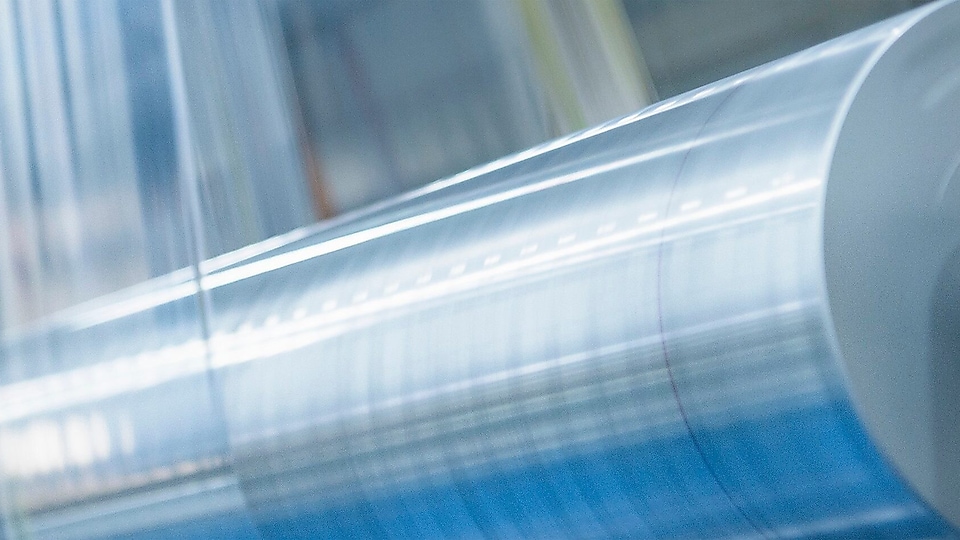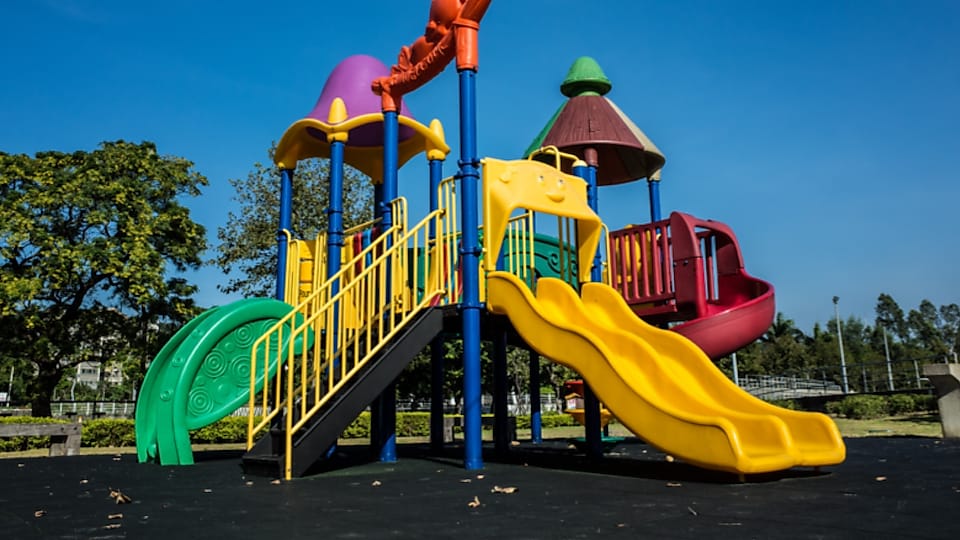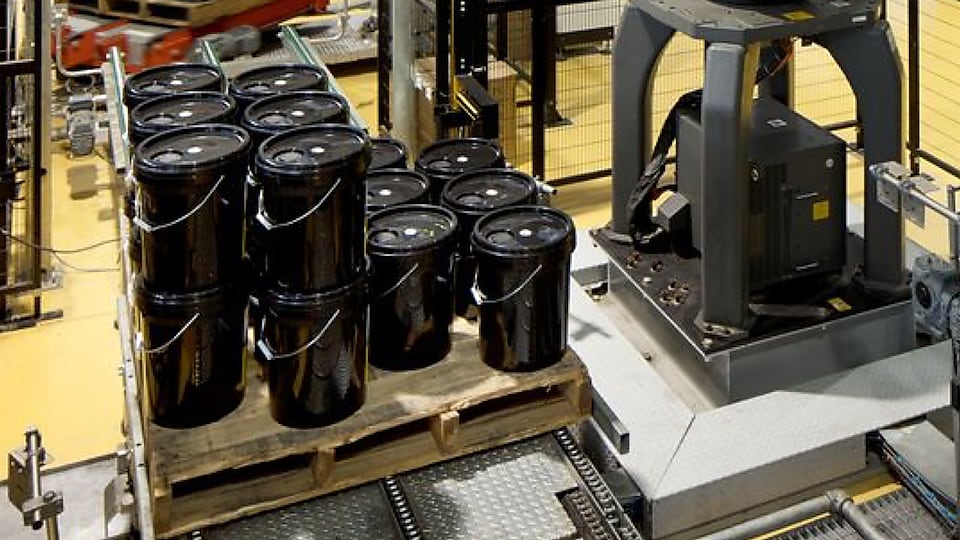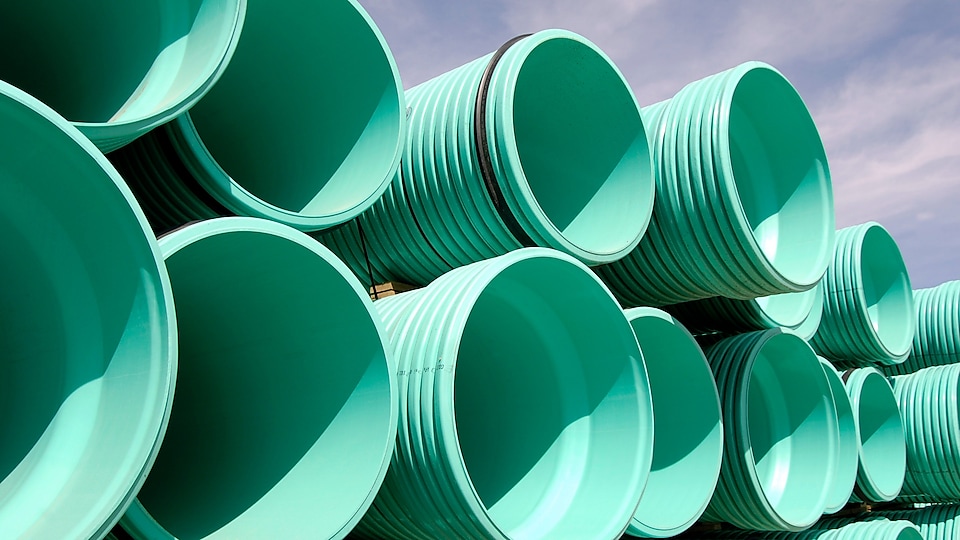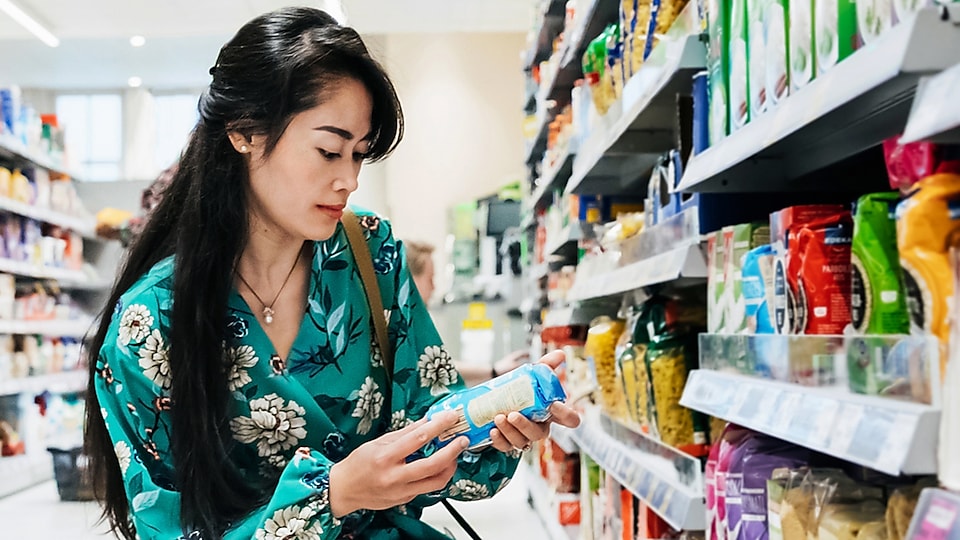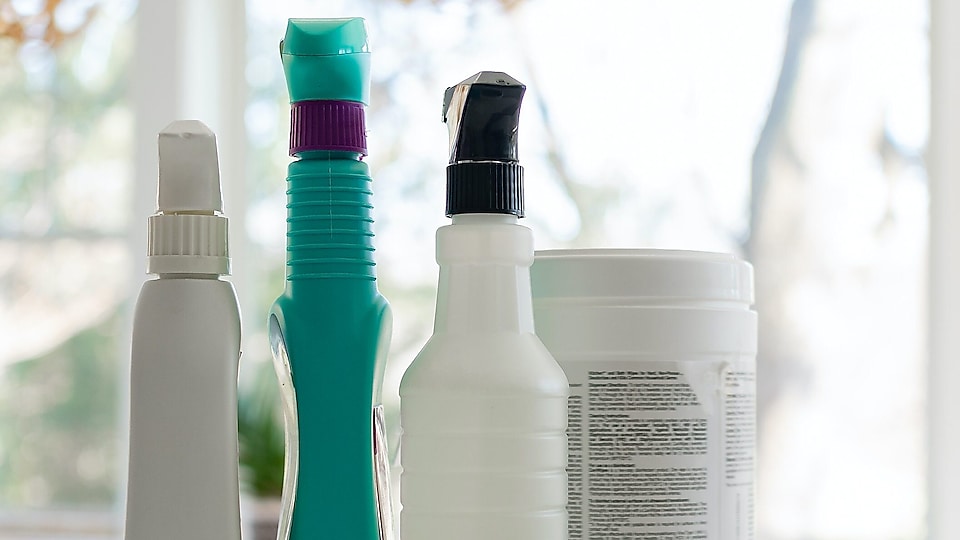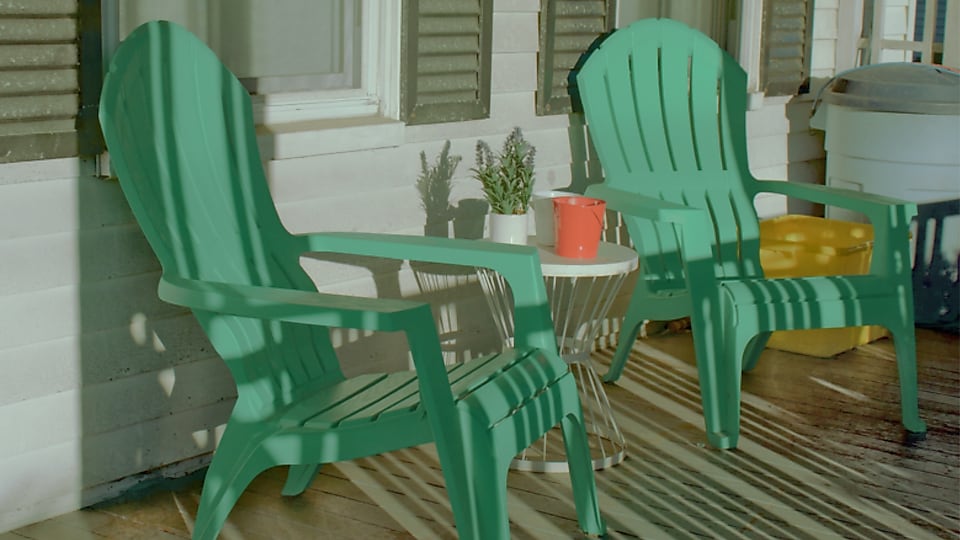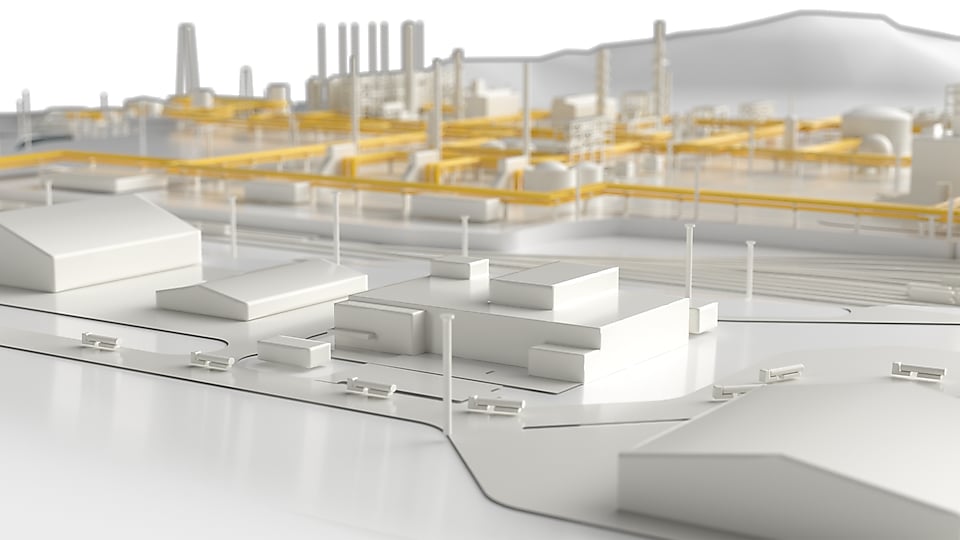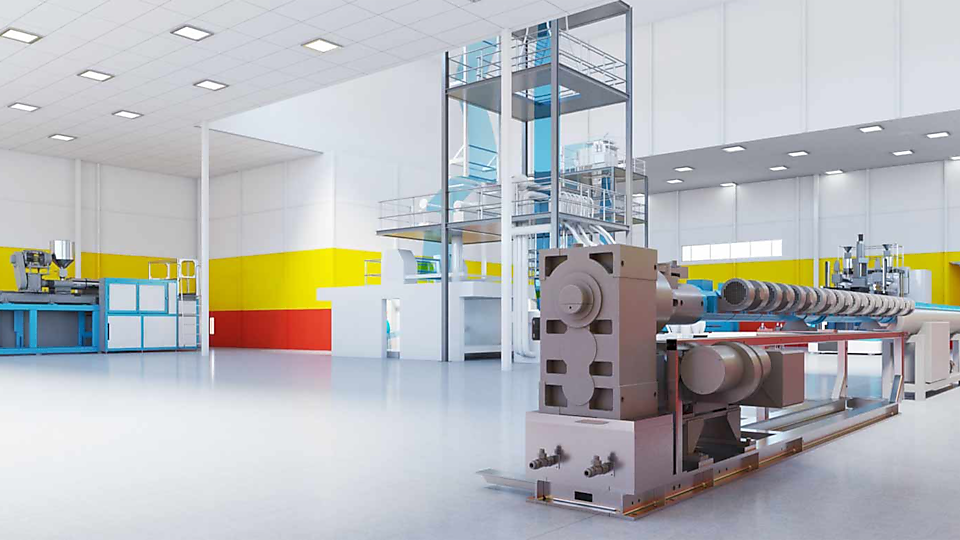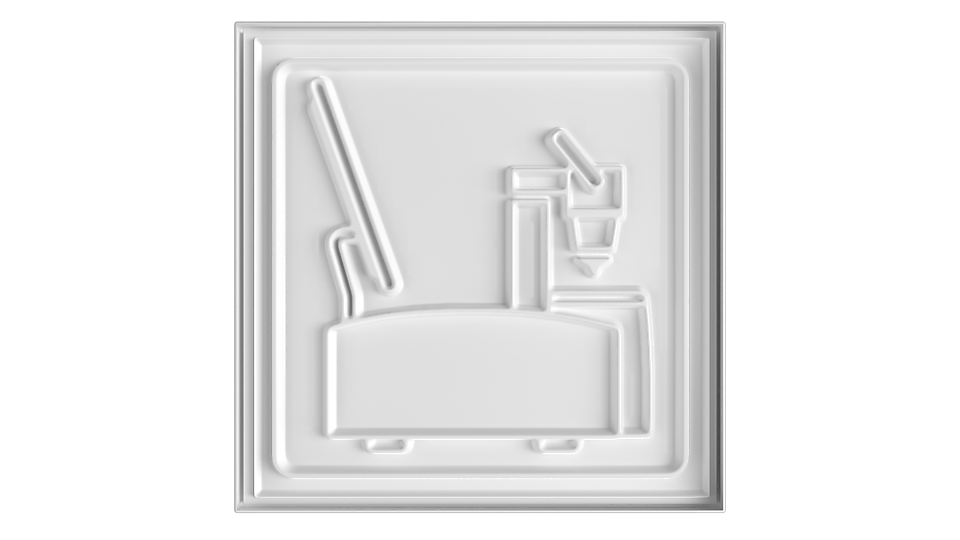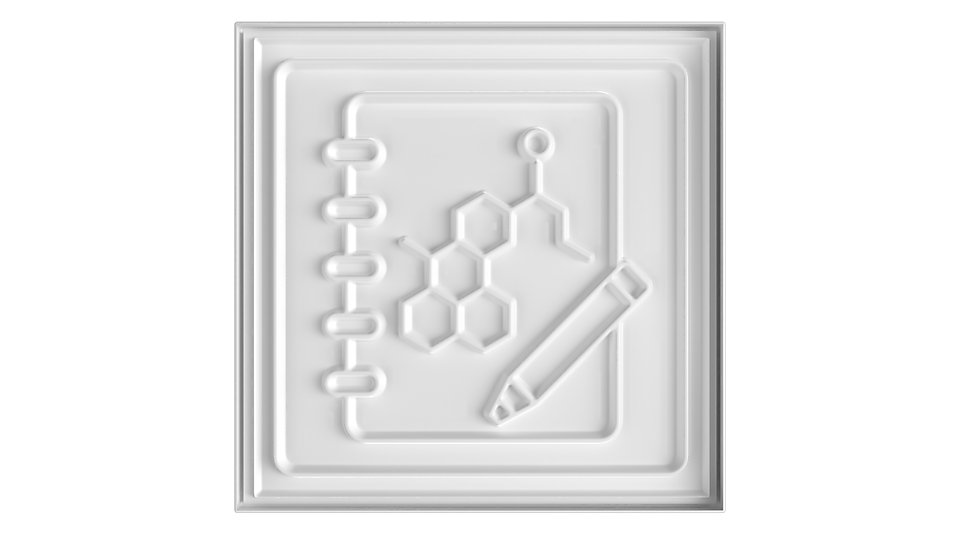Density
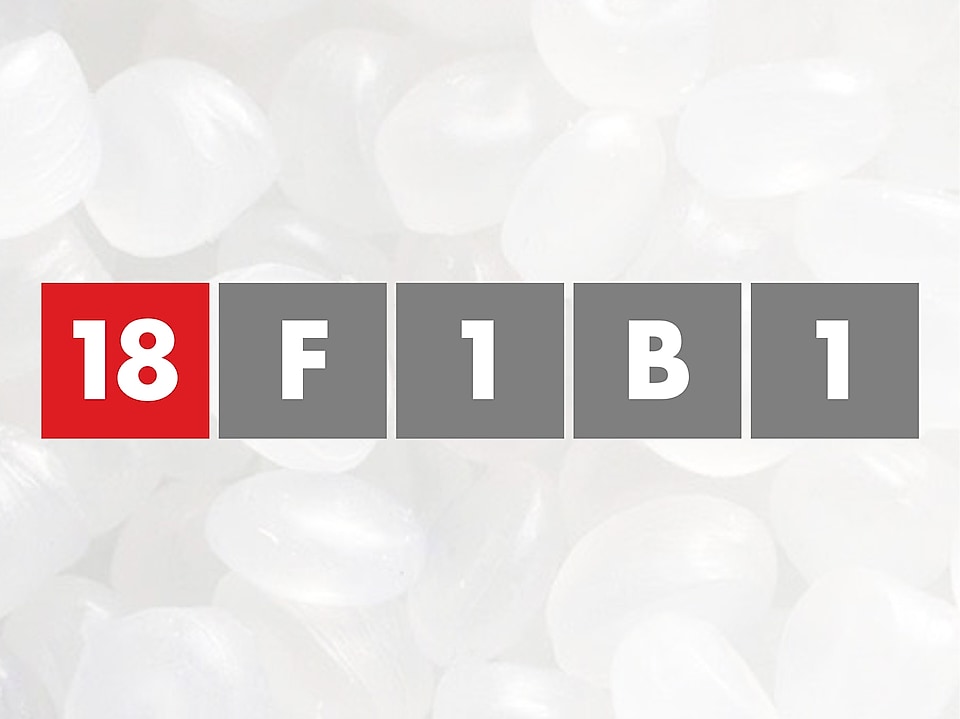
Density is reflected by the first two numbers found in the nomenclature sequence, which in this instance is 18. These numbers represent the last two significant digits of the density value. See examples below.
18 = 0.918 density
53 = 0.953 density
63 = 0.963 density
Process
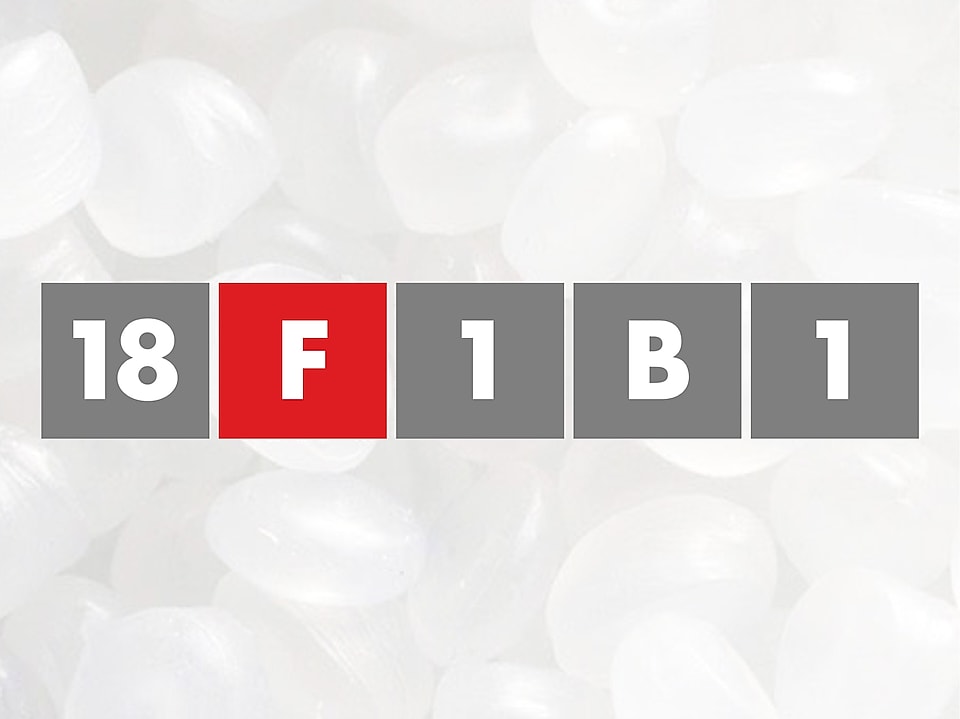
Process is reflected by the second letter(s) found in the nomenclature sequence, which in this instance is F. See examples below.
B = Blow Molding: Slurry
BG = Blow Molding: Gas Phase
F = Film
N = Injection Molding
P = Pipe
R = Rotomolding
Melt Index
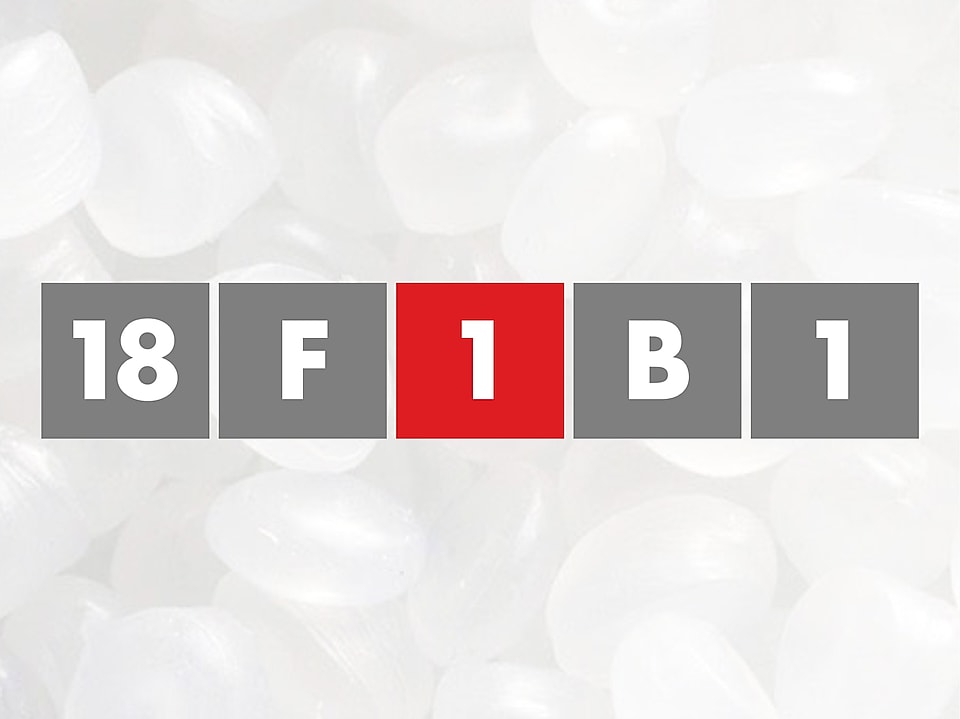
Melt index is reflected by the third number found in the nomenclature sequence, which in this instance is 1.
If the product’s melt index is >1, the value displayed in the nomenclature sequence is rounded to the nearest integer value.
If the product’s melt index is <1, the value displayed in the nomenclature sequence has a leading zero to indicate it should be a decimal.
Example: 035 = 0.35
“HL” indicates HLMI.
Comonomer Type (Film)
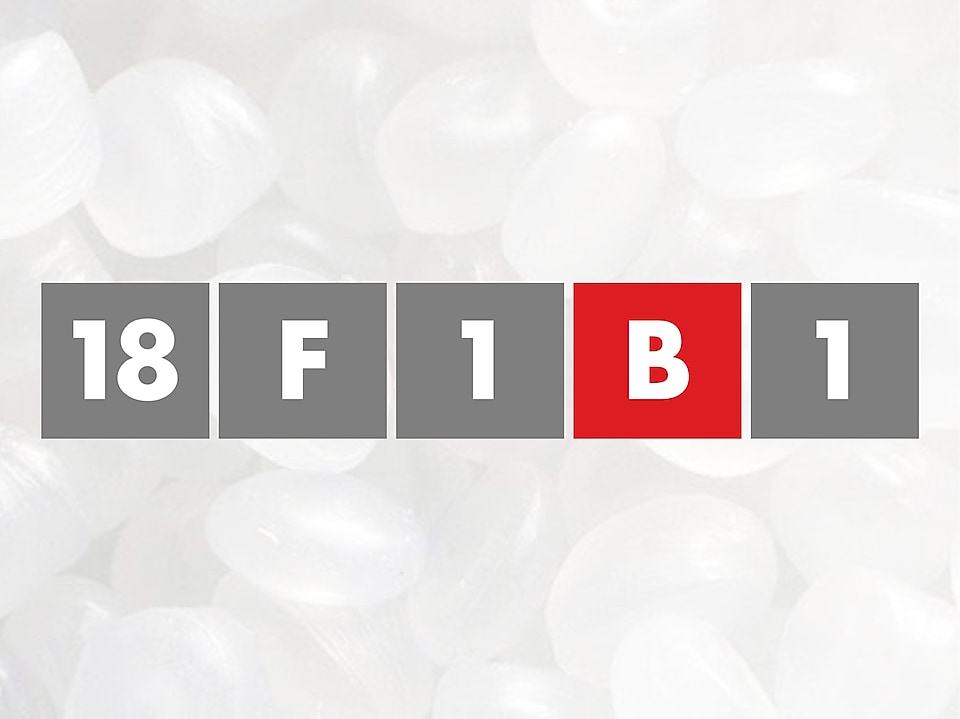
For film grades, comonomer type is reflected by the fourth letter in the nomenclature sequence, which in this instance is B. See examples below.
B = Butene, C4
H = Hexene, C6
M = Metallocene
Additives
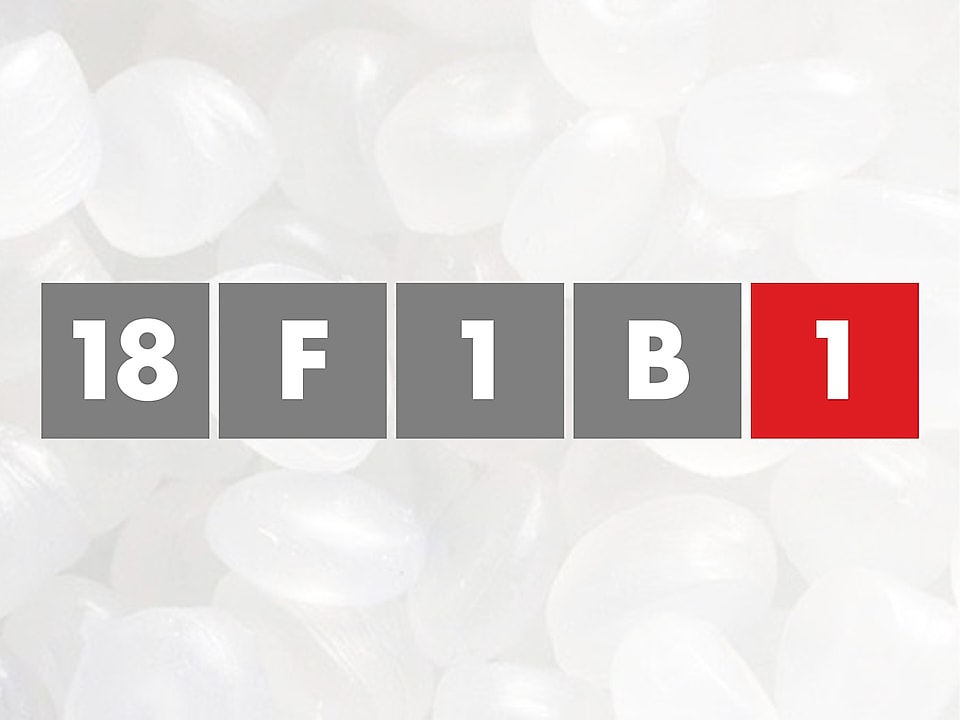
Additives are reflected by the fifth number or letter in the nomenclature sequence, which in this instance is 1. See examples below.
Film Grades
No number = Barefoot
AB only = Version 1
AB & Slip (level 1) = Version 2
AB & Slip (level 2) = Version 3
Non-Film Grades
A = Antistat
U = UV
S = Sheet



